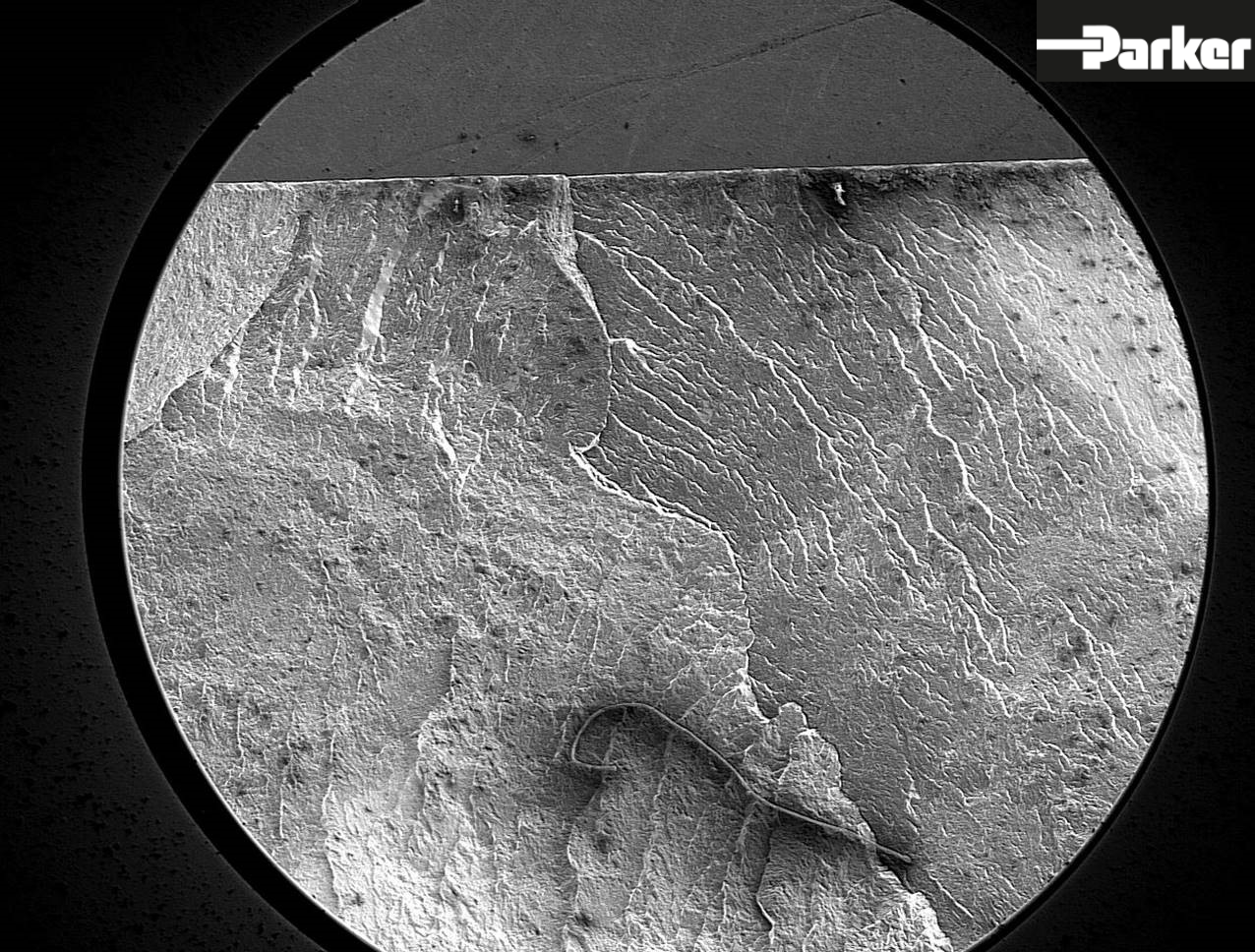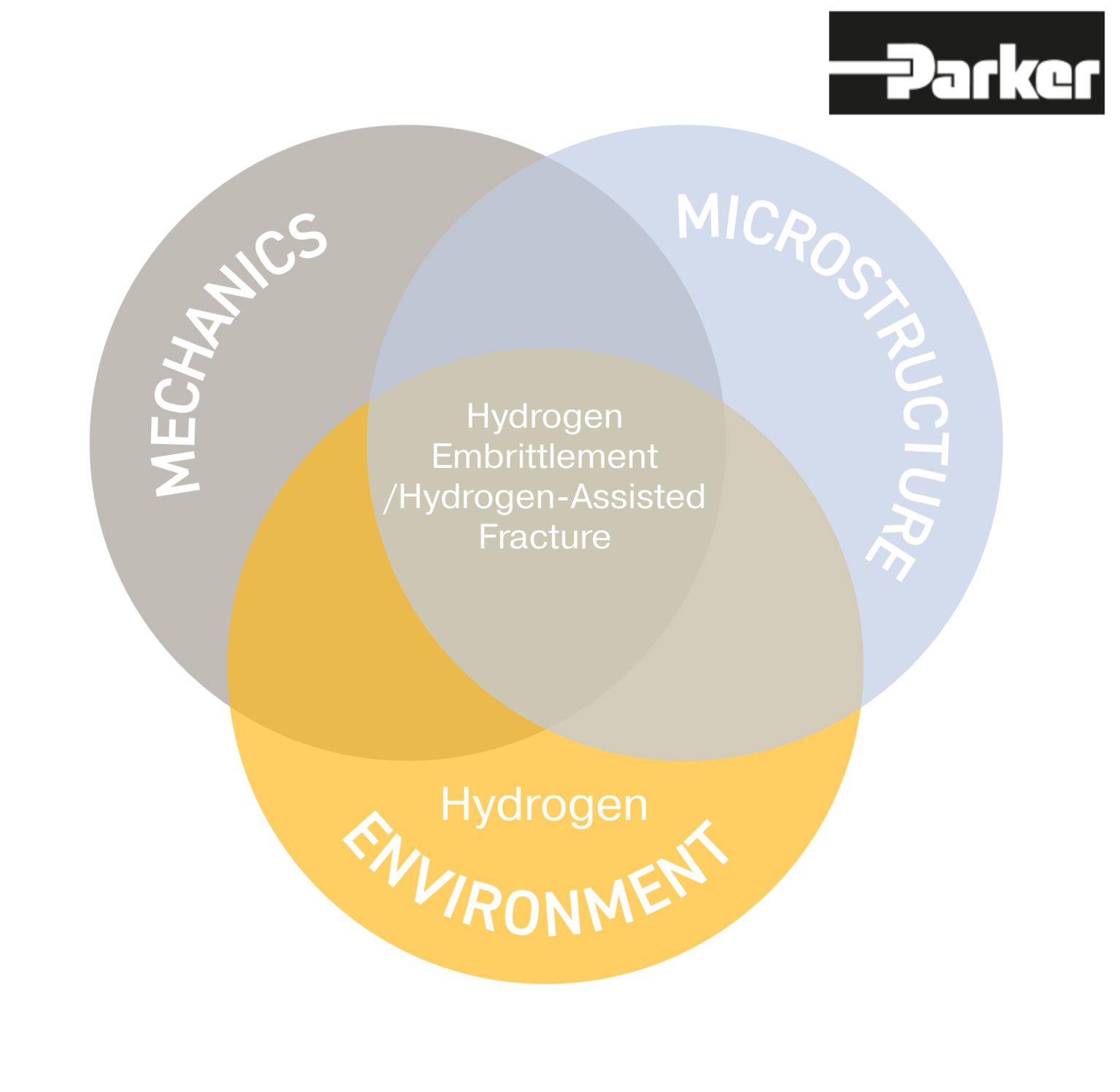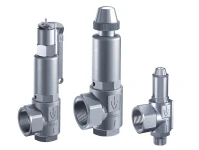What is hydrogen embrittlement?
Hydrogen atoms find preferential places in the structure of the material, modifying its physical behaviour and mechanical properties. The result of the diffusion of hydrogen into the material is a loss of ductility, making it more brittle and more susceptible to cracking.
Atomic hydrogen and molecular hydrogen can be a silent assassin, weakening the material slowly and without any clear signs of damage, often leading to critical failure. The collapse of the San Francisco-Oakland Bay Bridge is one case in point. During the infamous Loma Prieta earthquake in 1989, the top deck on the eastern side collapsed onto the deck below, crushing several vehicles. The cause of the collapse was that the bolts failed because of environmentally induced hydrogen embrittlement.
How to understand hydrogen embrittlement?
Both hydrogen and stress need to be present on a susceptible material for a hydrogen-assisted fracture to occur. The stage is set for a potential hydrogen-induced fracture as hydrogen diffuses into the structural material. Firstly, hydrogen absorption can happen during the production and service stages. Processes such as uncontrolled melting, electroplating, or welding can promote the pre-charge of atomic hydrogen into a given metal. In terms of microstructure, and as a rule of thumb, materials that bestow high-strength mechanical properties or show a great number of defects and inclusions are likely to be more susceptible to this type of failure.
The severity of hydrogen embrittlement is also a function of the operating temperature, with low temperatures being the worst-case scenario in terms of material ductility. It is fair to say that the avoidance of this defect is one of the key challenges in metallurgy overall.

What are the related affecting factors?
The factors that can affect the quality of the microstructure are numerous and have been widely documented by the materials society. Due to the complexity of the subject, the effect of microstructure (as a major contributing factor to hydrogen behaviour) cannot be evaluated in simplistic terms. Taking one variable in isolation is not enough to guarantee the quality or performance of a given component and can be misleading. For example, a material grade with a ‘perfect chemistry’ or with high levels of a particular ingredient can still result in a very low-quality product.
The common consequences of improper and non-controlled material processing, heat treatment and/or manufacturing operations are high densities of undesirable phases and inclusions in the raw material. These will inevitably lead to premature hydrogen-assisted cracking during service, particularly in demanding H2 environments. Material processing is therefore key.
Also, the mechanics of the application play a major role. Stress states in components can be caused by the presence of residual stresses associated with certain fabrication techniques as well as stresses applied during service. Improper product design and improper installation can cause overloading of stress onto the material.
All of these factors can cause premature failure of components in hydrogen service. When it comes to handling hydrogen, therefore, material and equipment selection becomes, more than ever, an essential ingredient for success.

What are the steps that can help in innovating the hydrogen sector regarding hydrogen embrittlement?
The International Industry Standard ISO 15916-2015 provides guidelines for the use of hydrogen in its gaseous and liquid forms as well as its storage. Most metals are susceptible to different levels of hydrogen embrittlement. To avoid failure, material construction and suitable equipment must be carefully selected, especially when hydrogen exposure is anticipated. The positive news is that hydrogen embrittlement can be prevented.
Specially designed products should be used to minimise the risk associated with corrosion and hydrogen attack, providing safe and reliable components, minimising leak paths for hydrogen gas and ultimately delivering successful performance in the field. The raw materials used should also be fully traceable and closely controlled from the melting stage to the finished product.
In addition, proper manufacturing processes should be selected to ensure the minimum operating risk in hydrogen environments. Stainless steel, which is the material of choice for the hydrogen transportation sector, and a variety of nickel alloys should be used for a wide range of other applications.
Background information on the hydrogen sector:
What are the challenges related to hydrogen?
Hydrogen is the most abundant element in nature and its versatility can offer compelling advantages as an accessible, sustainable, and efficient alternative source of energy. However, it can be very damaging for most metallic materials, causing what is known as hydrogen damage or hydrogen attack. Being extremely small, hydrogen degradation is directly connected to its capability to be easily absorbed by metals coupled with the high mobility it has on the microstructural level.
Why are hydrogen technologies important for the future?
In the quest for a decarbonised society, there is no doubt that hydrogen will play an important role as an environmentally friendly fuel source. Hydrogen-based technologies are evolving rapidly, entering the market on a large scale, and becoming part of our daily lives. From clean power generation to environmentally friendly cars, the possibilities are endless.
The transportation sector is a prime example of how hydrogen technologies are taking off and making truly sustainable mobility more tangible than ever. Heavy trucks with hydrogen-powered cells are already hitting the roads. Although developing a global hydrogen refuelling infrastructure might take several years or even decades, the commitment to hydrogen economies from governments all around the world is accelerating its pace.
Nearly every metallic material can be susceptible to hydrogen damage and there are several forms of hydrogen degradation. Hydrogen embrittlement cracking is the most common and affects the three main areas of industries that use hydrogen, which are production, transportation, and storage.
Content contributed by Parker
Parker Hannifin is a Fortune 250 global leader in motion and control technologies. For more than a century the company has been enabling engineering breakthroughs that lead to a better tomorrow. Parker is supporting the global decarbonisation efforts through a broad range of solutions, hydrogen-compatible components and systems enabling safe and efficient operation for a variety of applications.
Last update: 15.1.2023











